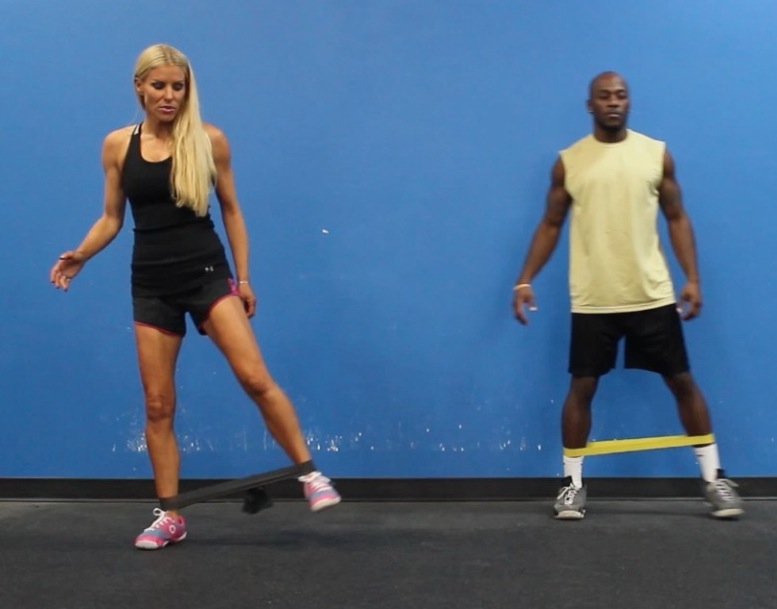There is no denying that arthritis is extremely uncomfortable. When your joints are swollen, stiff, and achy, it is hard to motivate yourself to get up from a chair, let alone exercise. Arthritis is one of the most common reasons individuals forgo recreational pursuits and physical activity. No one wants to risk aggravating their symptoms even more. However, exercise and arthritis can and should co-exist. Time to bust the myth that you cannot exercise with arthritis.
According to the Johns Hopkins Arthritis Center, physical activity can play a vital role in the management of arthritis by:
- Keeping the muscles around the affected joints strong, increasing stability
- Decreasing bone loss
- Helping control joint swelling, pain, and stiffness
- Enhancing stamina and energy by decreasing fatigue
- Enhancing weight loss, promoting long term weight management
- Improving mood and overall quality of life
If you are someone with arthritis and want to become more physically active, consult your physician first to make sure it is safe to do so. After you get the okay from the doc, use this article as a guide for exercises you can perform.
When exercising with arthritis, it is important to have an exercise program that is comprehensive. Arthritic patients should be targeting all major categories of fitness training: strength, flexibility, balance, and cardiorespiratory fitness.
Strength Training
Although this is a more vigorous exercise on your muscles, it will help them become stronger, provide more joint support, and reduce the stress placed on your joints. Be cautious of the weight you are using – the intensity should be sufficient to challenge your muscles without increasing pain. Start small and progress.
Strength training is recommended 4-5 times per week with 8-10 repetitions per set, targeting the major muscle groups in the body (chest, back, shoulders, arms, calves, and legs).
Flexibility
Arthritis tends to decrease a person’s range of motion (ROM). One of the best exercises to help increase ROM is simply stretching. You can perform both static and dynamic stretches daily. Note: Make sure to warm up before going into a stretch.
- Static: holding a stretch for 30-60 seconds
- Dynamic: moving through a ROM to warm up the joints and increase flexibility (e.g. ankle circles, leg swings, cat cow).
Balance
Balance is a super important and widely overlooked component of fitness. Balance is necessary for posture, coordination, and relaxation. Arthritis can impair all of these and make you more susceptible to falling. Ta Chi and yoga are two activities that you can pursue to help with balance. When practicing any balance exercises, do them with a partner or experienced health professional. These exercises can be practiced as often as you would like.
Aerobic Exercises
Cardiorespiratory conditioning for arthritic patients can benefit weight control, mood, sleep, and overall health. The mode you use for aerobic exercise should align with how advanced your arthritis is. If you have minimal to mild joint impairment, then you may be able to walk on the treadmill. However, if your condition is moderate to advanced, you may want to use the cycle ergometer. The key is to engage in low-impact activities that won’t cause you more pain.
Another incredible form of aerobic fitness for arthritic patients is water aerobics and swimming. Water supports your body weight, reducing the stress on your joints while still providing enough resistance to boost your strength. Your workout can be as intense or as gentle as you please.
The World Health Organization (WHO) recommends 150 minutes of moderate intensity aerobic exercise each week for people 18-64 years old. Although this may seem like a lot, you can spread it out over the week and each workout does not have to be super long. Try exercising in 10-minute mini intervals throughout the day, you will still achieve the associated health benefits in that time frame.
When starting your exercise program, remember to listen to your body. It may take some time to figure out what exercises feel comfortable to you. Consult your doctor if you are experiencing increasing pain or swelling that does not go away with rest. Lastly, make the activities you do fun and perform ones that will keep you motivated. That will help you stick to them long term!






